
Hydrogen in the tank
In order to achieve climate neutral transportation, different types of fuel such as electricity, biogas and hydrogen are needed.
Sweden Water Research conducts research into water and develops new, effective solutions to meet the future challenges facing the water services industry.
We create, run, participate in and initiate projects that seek out suitable partnerships, with the ultimate aim of increasing knowledge of successful methods for the development and climate change adaptation of the cities of the future. Projects within Sweden Water Research are run in close collaboration with the owner municipalities and will, in either the short or the long term, benefit day-to-day operations.
Result of filter: 15

In order to achieve climate neutral transportation, different types of fuel such as electricity, biogas and hydrogen are needed.
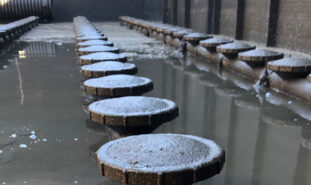
Rising electricity prices and the accelerating climate crisis make energy efficiency a high priority for Swedish wastewater treatment plants.

New environmental permits for wastewater treatment plants tend to demand lower effluent concentrations than before.

Many municipal wastewater treatment plants are facing expansion and reconstruction. Lack of space and requirements for sustainability mean that compact, resource-efficient, environmentally friendly and cost-effective solutions are in demand. This project is about investigating a new biofilm process, with a bio-based carrier, to assess whether this process can be a viable alternative in future wastewater treatment plants.
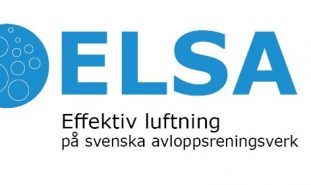
Previous studies show that the potential to make municipal wastewater treatment plants (WWTPs) more energy efficient is great. The largest energy use at WWTPs is found in the aeration of the biological processes in the wastewater treatment.
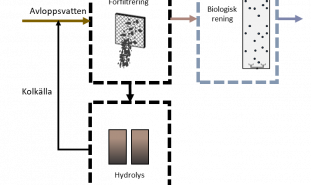
This is Elin Ossiansson's PhD project. Elin is an industrial PhD student working for Sweden Water Research, VA SYD and Chalmers University of Technology.

This is Ashley Hall’s doctoral thesis. Ashley is an industrial doctoral student from Sweden Water Research through Lund University.

Major investments will be required in the next few years to deal with aging infrastructure, population growth, urbanisation and new emission requirements at municipal wastewater treatment plants (WWTPs). These investments are preceded by evaluation, design and optimization, which in turn require access to good data to provide security in the decisions made and to ensure cost-effective solutions.

Within this project, a method for developing digital twins at WWTPs will be developed, including real time process simulation and data validation.

Climate neutrality in the water and wastewater business can only be fulfilled if emissions of methane and nitrous oxide are low. We need good methods to identify and quantify these emissions and this project will work with establishing a methodology to measure and identify hot-spots for these emissions.
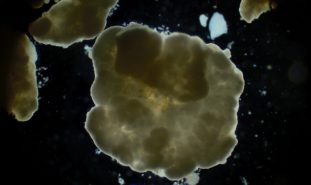
More stringent discharge limits and increased load due to population growth and centralisation create needs of upgrading and enlarging the existing municipal wastewater treatment plants (WWTPs). Also expansion of housing areas close to the treatment plants increase the demands of retrofits and upgrades that are space efficient. At the same time we want the treatment methods to be robust, energy, carbon and chemical efficient, have low carbon footprint and facilitate recovery of plant nutrients.
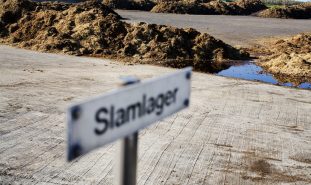
Degradation of organic substances in municipal wastewater is conventionally performed in the activated sludge process in presence of enhanced nitrogen removal processes. In the future, new nitrogen removal processes could demand a wastewater already treated for organics. The project "Back to the basics: high-loaded activated sludge" aims to make the high-loaded activated sludge process more efficient.